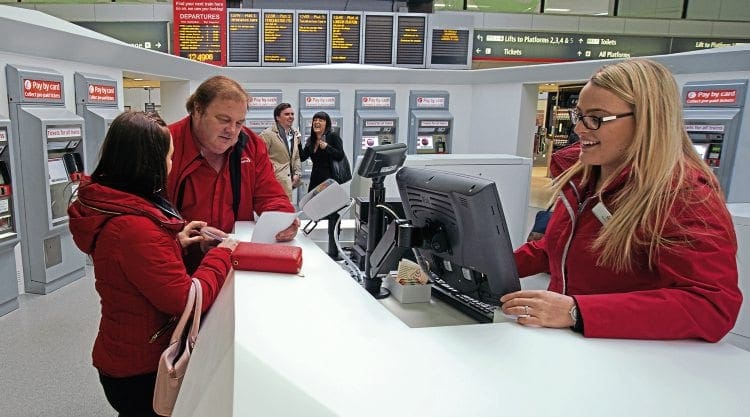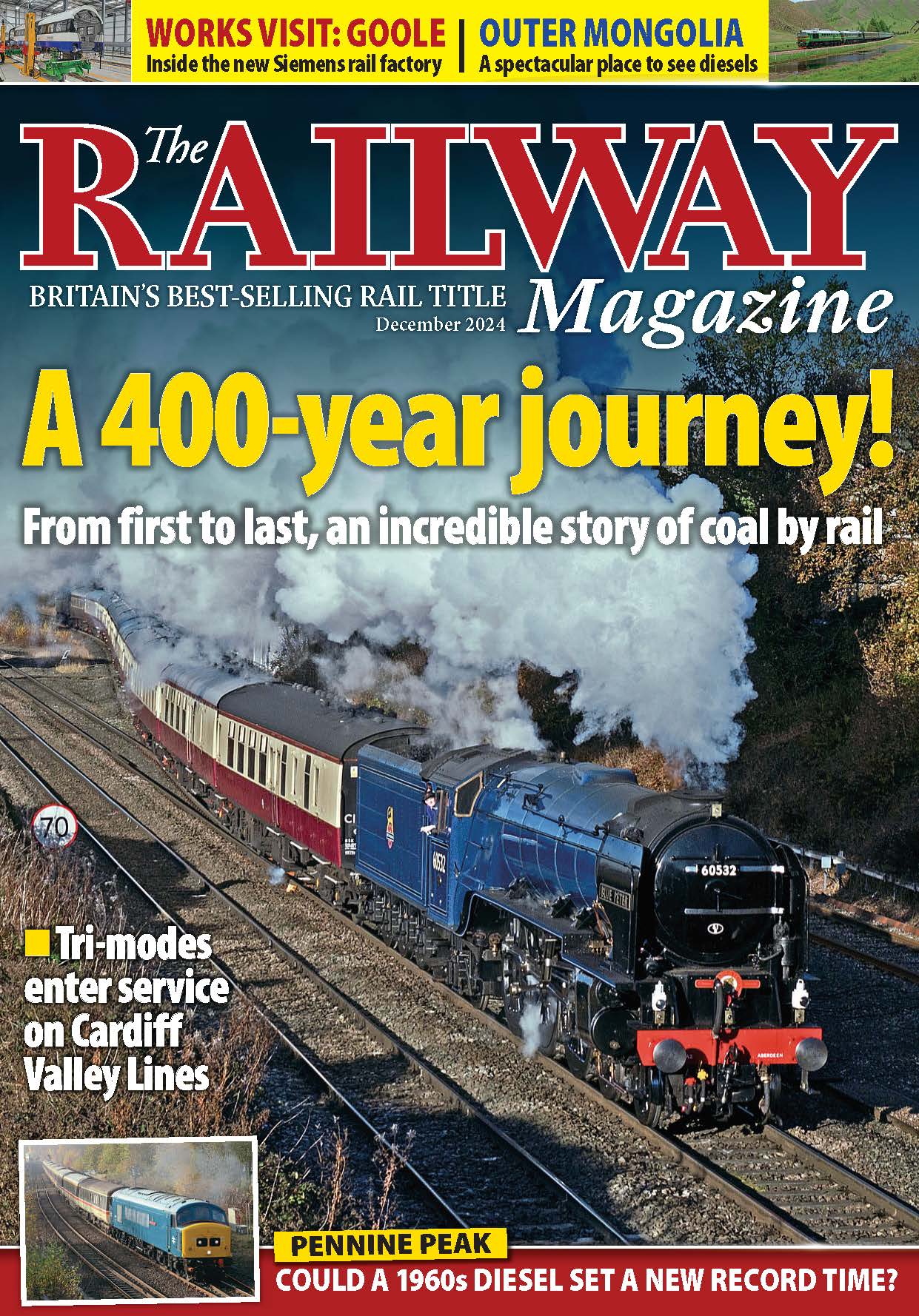MARCH 2017 ISSUE: Greater numbers of women are taking up careers in the rail industry than ever before. There is an increasing proportion of the workforce which is female, and in the first of a two-part feature, Nicola Fox looks at how the gender gap is changing, and what the industry can do to introduce even more diversity.

HISTORICALLY speaking, the railway industry was a very male dominated one, with many positions considered to be solely male wage grades. Women were consigned to duties such as laundry and catering and only called upon to fulfil ‘male’ roles during times of war. In 1914, prior to the outbreak of war, 625,559 people were employed on Britain’s rail network but only 2% of these were women.
However, a century later and attitudes have changed considerably, with women working as guards, drivers, signallers, directors and even managing directors. Yet, despite this, the percentage of women in our rail workforce is still incredibly low at 7%, even though women make up half of the national workforce. Why is this?
Monthly Subscription: Enjoy more Railway Magazine reading each month with free delivery to you door, and access to over 100 years in the archive, all for just £5.35 per month.
Click here to subscribe & save
Is the rail network still stuck in the past? How is it possible that 100 years after the start of the Great War, we employ less than half of the number of women that were employed in rail in 1916? A century ago, women more than proved they were capable, with about 33,000 of them working in various railway pay grades until the end of the war in 1918. So why is it, that 100 years later the number of women employed in rail in the UK is less than half that, at around 13,000, with very few of that number employed in the previously male wage grades of driver and engineer? In fact, look at the statistics for female engineering in rail and the figures are even worse; only 4% of engineers are currently female. Clearly something is amiss in the rail industry and needs to be fixed.
So, where does the fault lie? Why is rail such an unattractive career choice for women? To find out The Railway Magazine spoke to several frontline railway employees: Penny Gilg, an engineer at Network Rail; Sabrina Ihaddaden, a signalling systems engineer for Bombardier; Louise Cheeseman, formerly a guard for Northern Rail; and Jody Donnelly, a driver for Arriva Trains Wales all offered their stories and thoughts on what needed to be done to close the gender gap.
Read more in the March issue of The RM – on sale March 1




